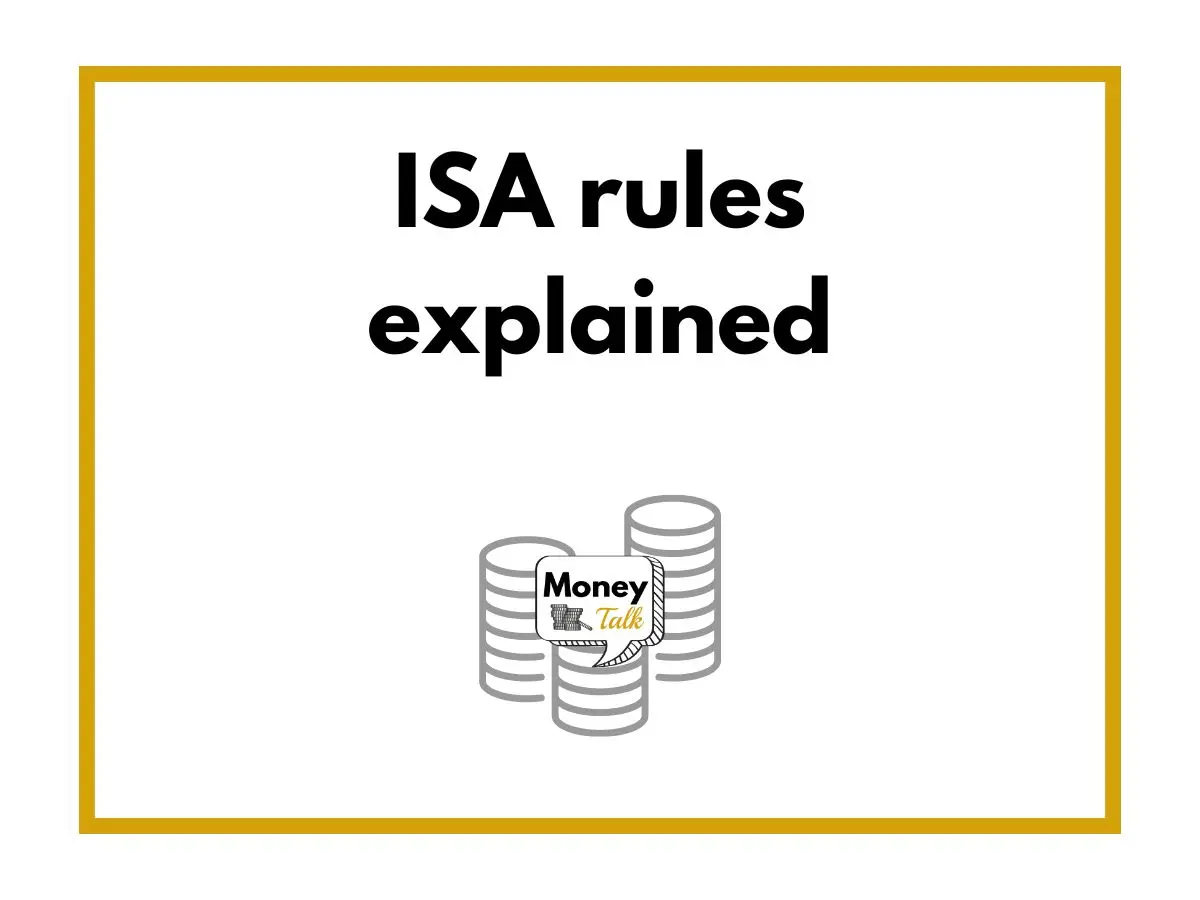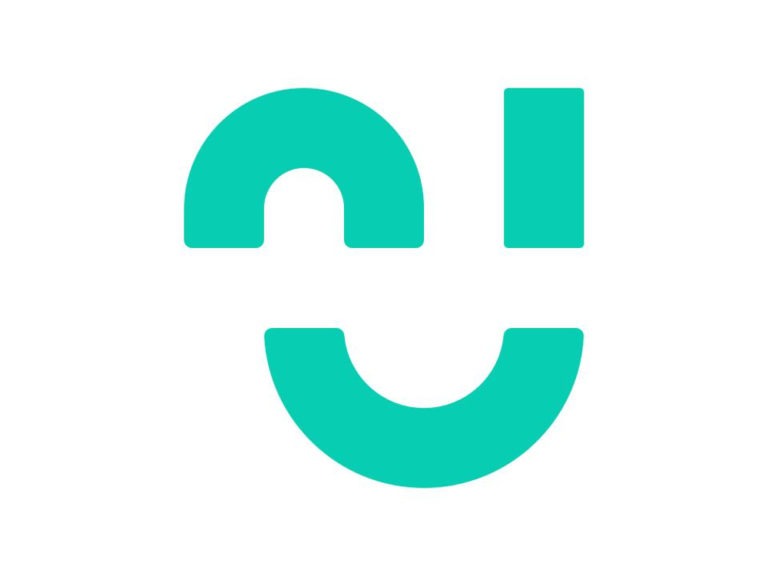How many ISAs can you have at the same time?
Money Talk is intended to inform and educate; it's not financial advice. Affiliate links, including from Amazon, are used to help fund the site. If you make a purchase via a link marked with an *, Money Talk might receive a commission at no cost to you. Find out more here.
ISA rules changed on 6 April 2024 to give consumers more choice.
You’re now allowed to have multiple ISAs in the same tax year instead of having to choose between a cash ISA or a stocks and shares ISA as was the case before.
You can even have multiple cash ISAs or multiple stocks and shares ISAs with multiple providers in the same year.
This is especially helpful if you want to diversify your portfolio.
But from 6 April 2027, ISA rules will change again.
More people will be pushed into investing, while the Lifetime ISA is expected to be scrapped and replaced with a simpler alternative.
Here’s what you need to know.
What are the different types of ISAs?
There are a few different types of ISAs around but the three main types are the ones affected by the new rules. These are:
- Cash ISA – this works in the same way as a normal savings account where you’re paid interest according to the amount of money you hold, except everything is in an ISA wrapper so you don’t pay tax on any interest received.
- Stocks and shares ISA – the money in these accounts are intended for investing; as it’s in an ISA wrapper, you don’t have to pay any capital gains tax or dividend tax.
- Innovative finance ISA – a lesser known category, this is a portfolio that includes peer-to-peer lending; again, you won’t pay tax on any earnings.
In addition to the main ISA categories, there’s also the Lifetime ISA (LISA).
There are a few things that make the LISA different from a regular ISA.
For one, you have to pay a penalty to withdraw the money unless you’re using it to buy your first home, which must be worth less than £450,000, or you’re over 60 or terminally ill.
You also get a government top up of 25% on whatever you put in, which can make it a good pension alternative.
I’m a big fan of the LISA but the Chancellor of the Exchequer, Rachel Reeves, announced in the autumn 2025 Budget that it will be scrapped and replaced with a new and simpler product.
There isn’t a huge amount of detail yet as to when it will happen but a consultation on the changes will begin in early 2026.
For those under 18, there’s the Junior ISA, with an annual allowance of £9,000.
What’s the annual ISA allowance?
You can only open an ISA if you’re over 18 and are a UK resident, or you’re working abroad for the government (eg you’re a diplomat or in the army).
For everyone eligible, the annual ISA allowance is £20,000, which refreshes at the beginning of each tax year on 6 April.
This money can be distributed across any combination of the three main types of ISAs – so cash ISA, stocks and shares ISA or innovative finance ISA.
If you’re eligible for a LISA, you can only pay £4,000 a year into it.
Contributing the full amount means you’ll only be able to pay up to £16,000 into your other ISAs in that tax year.
From 6 April 2027, the cash ISA allowance will drop to £12,000 for under 65s.
You still have a £20,000 allowance overall but the remaining £8,000 must go into an investment ISA.
Over 65s are not affected by this rule change.
How many ISAs can you have at the same time?
The ISA rules that came into effect on 6 April 2024 only apply to the main ISAs, and not LISA or the Junior ISA.
You still get the £20,000 annual allowance as before.
However, for the first time you can split this sum across multiple ISAs instead of having to choose just one.
In effect, you can open an unlimited number of normal ISAs in the same year.
For example, you can hold a cash and stocks and shares ISA in the same year.
Or you can choose to have two different cash ISAs with different providers.
However you do it, your contributions across all of the ISAs cannot exceed £20,000, or £16,000 if you’re also paying the full sum into a LISA.
As for the LISA, the rules have not changed.
It means you can only hold one LISA at a time and have to choose between the cash LISA or stocks and shares LISA.
Benefits of the current ISA rules
Under the old rules, you could only contribute to one ISA each year, which meant you had to choose between cash, innovative finance or stocks and shares.
If you’re nervous about investing, you might not feel all that confident about putting all of your money into a stocks and shares ISA.
And while interest rates for cash ISAs are higher than they were during the pandemic, they’re often not as competitive as traditional savings accounts.
The new rules mean you can split your money across multiple products and diversify your portfolio in a way that suits you.
I personally think it could also encourage more competition between ISA providers since you don’t have to put all your money into one place for the first time.
Plus, it gives you more opportunities to take advantage of any incentives that ISA providers are offering, such as a sign up bonus.
Things to be aware of
As well as your £20,000 annual allowance, you should remember that the Financial Services Compensation Scheme (FSCS) has an £120,000 limit on the protection they offer for money saved with each provider.
If you think your ISAs – plus any other money held with the provider – might go over this limit, it might be worth spreading your ISA across multiple providers to spread the risk.
Remember that if you want to move your money from one ISA to another, don’t withdraw it. Instead, request a transfer.
If you withdraw the money and then save it again, you’ll eat into your ISA allowance.
Also bear in mind that not all providers allow transfers in so it’s worth checking the terms and conditions before you open an ISA.
This post was originally published in April 2024. It was updated in December 2025.
Pin this for later








